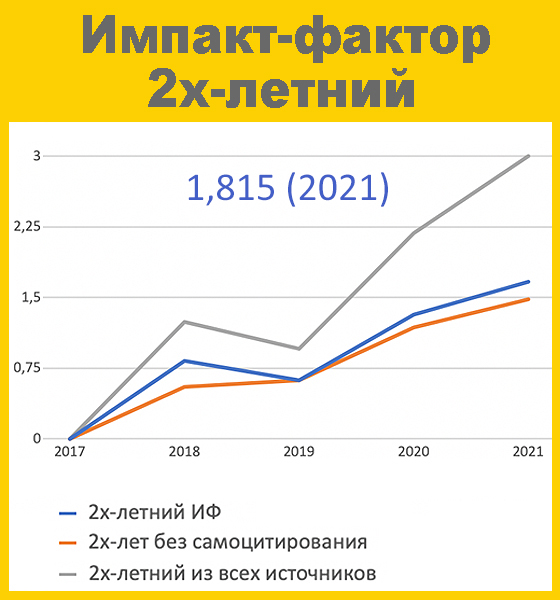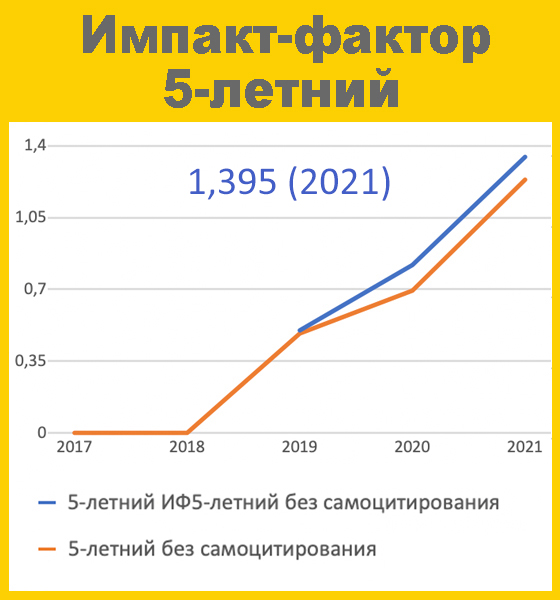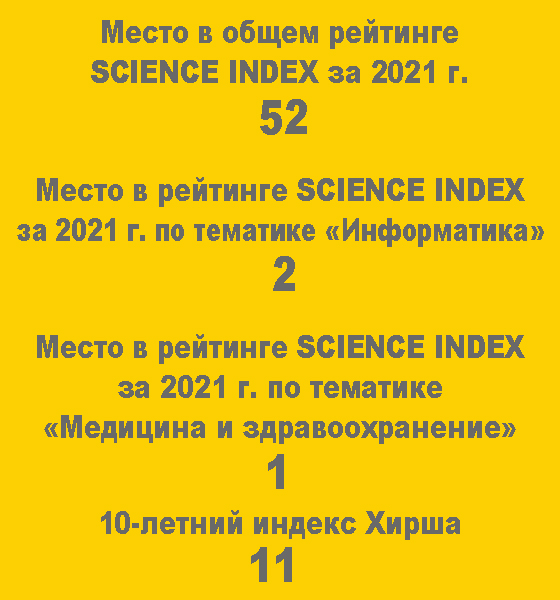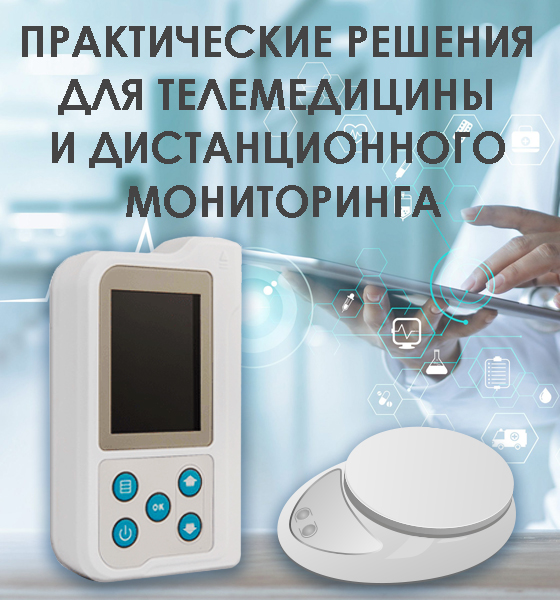Telemedicine maturity levels DOI: 10.29188/2712-9217-2021-7-4-63-68
Shaderkin I.A. – MD, PhD, Head of the Laboratory of Electronic Health, Institute of Digital Medicine, Sechenov University; Moscow, Russia; https://orcid.org/0000-0001-8669-2674
 1785
1785 Over the past few years telemedicine technologies (TMT) are significantly developing. As other technologies they are not static but are developing over time, thus it can be called an evolution of TMT. Several important stages and phases of telemedicine’s maturity can be identified.
Zero maturity phase is characterized by denial of potential application of TM-technologies in routine practice.
The first stage of maturity (I). During this phase TMT are introduced in clinical practice mostly for remote patient consultation. In addition, software platforms for remote consultation are being established. They include different forms of communication between physician and patient.
The second stage of maturity (II). The remote monitoring of patient’s health condition and his environment is developing, and it is accompanied not only by data collection but also by regular communication between physician and patient. In this phase there are technologies which allow application of TM in the primary tier of public health. So-called “box” solutions are now emerging. They include an inexpensive portable medical point-of-care equipment which can be used in the primary tier by health worker without any specialized competence.
The third stage of maturity (III) is a development of methodology of TMT application.
The fourth stage of maturity (IV) is cooperative use of TMT with solutions based on artificial intelligence (AI).
In our assessment, Russia is now on IIB stage of maturity where not only TM consultation but also a remote patient monitoring with the application of Internet of medical things are actively developing.
| Attachment | Size |
|---|---|
| Download | 275.12 KB |

















































